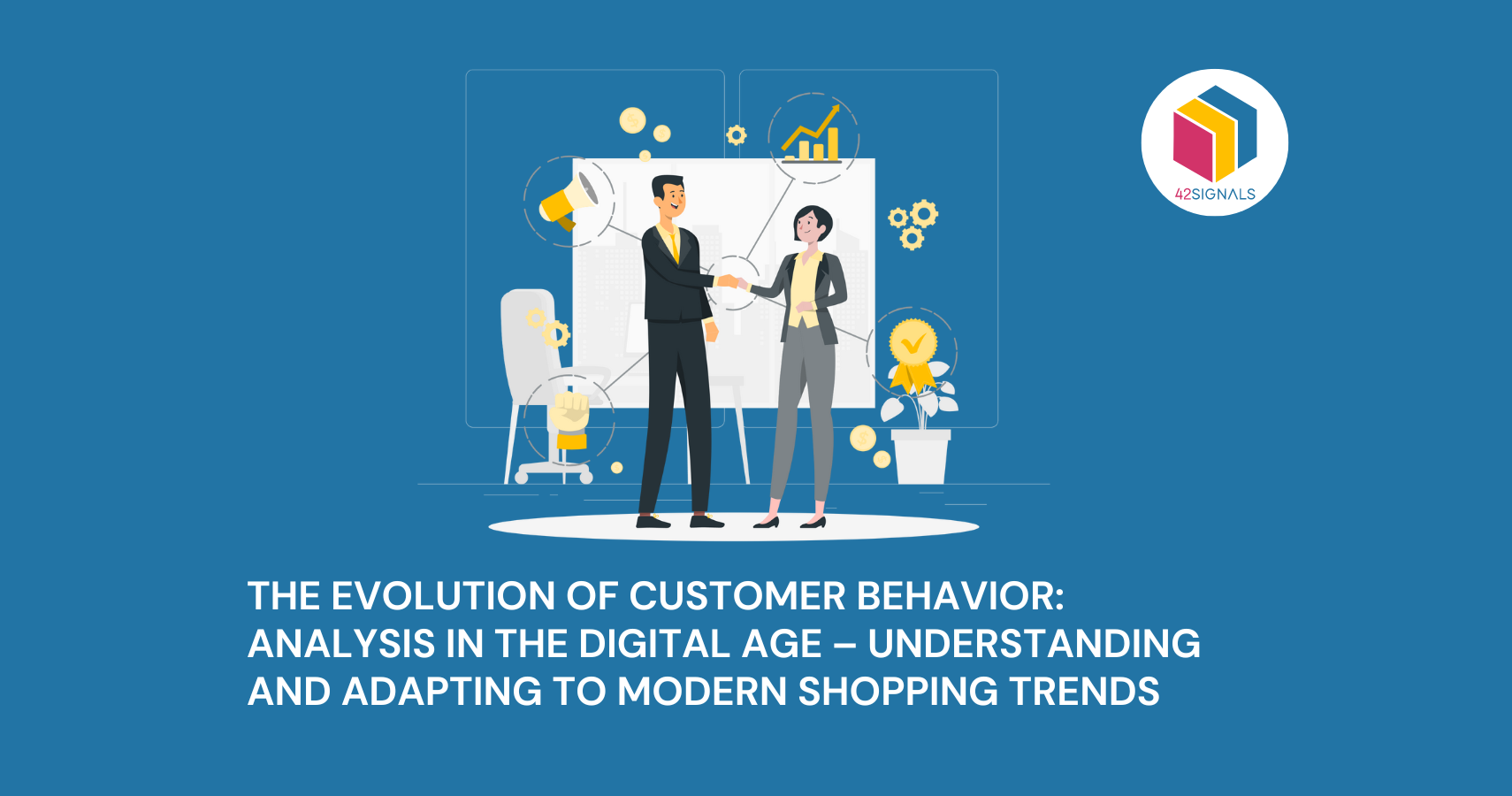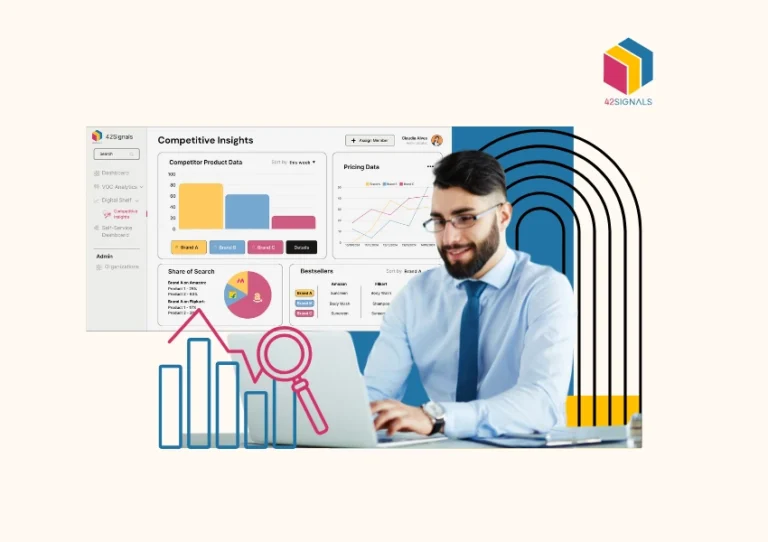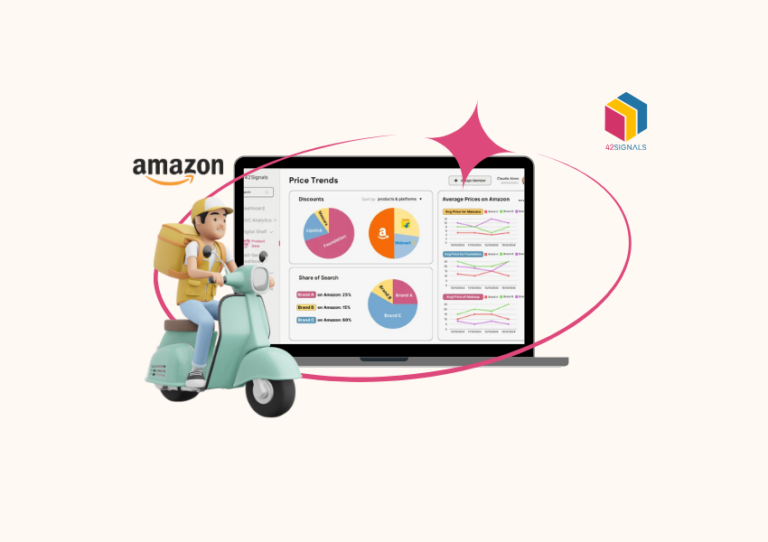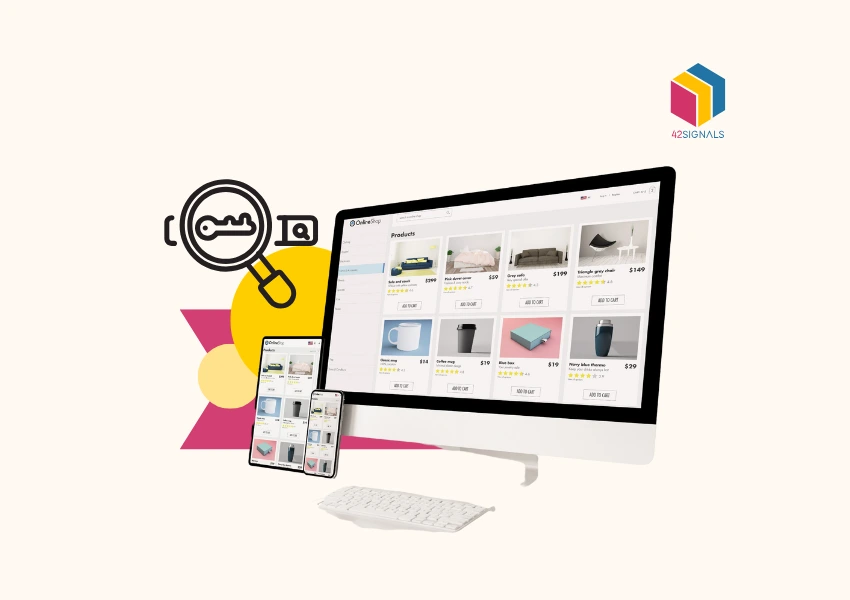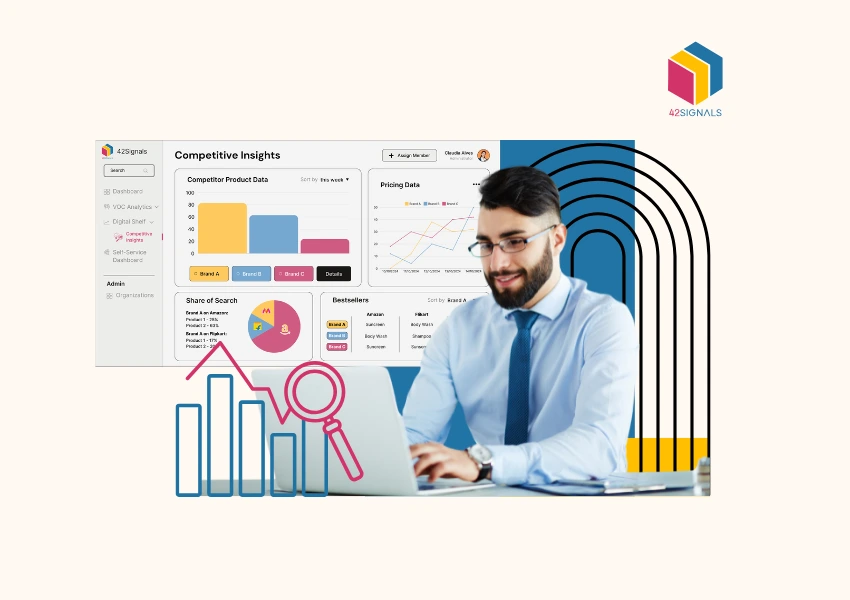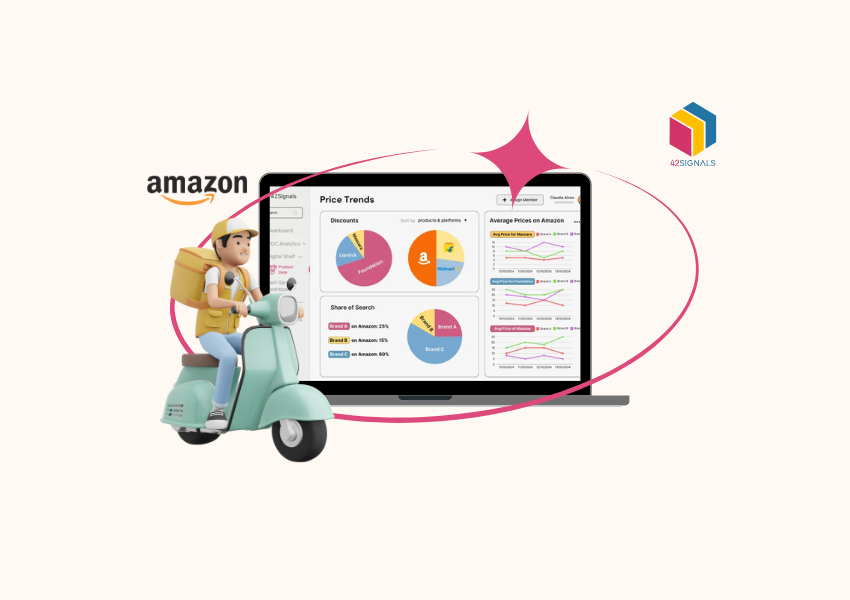The advent of new technologies, the rise of social media, and the global shift towards online platforms have dramatically altered the way consumers interact with brands and make purchasing decisions. These new applications and the ease of e-commerce have changed the way customers shop and navigate the internet. That’s where customer behavior analysis is required to understand changing consumer habits.
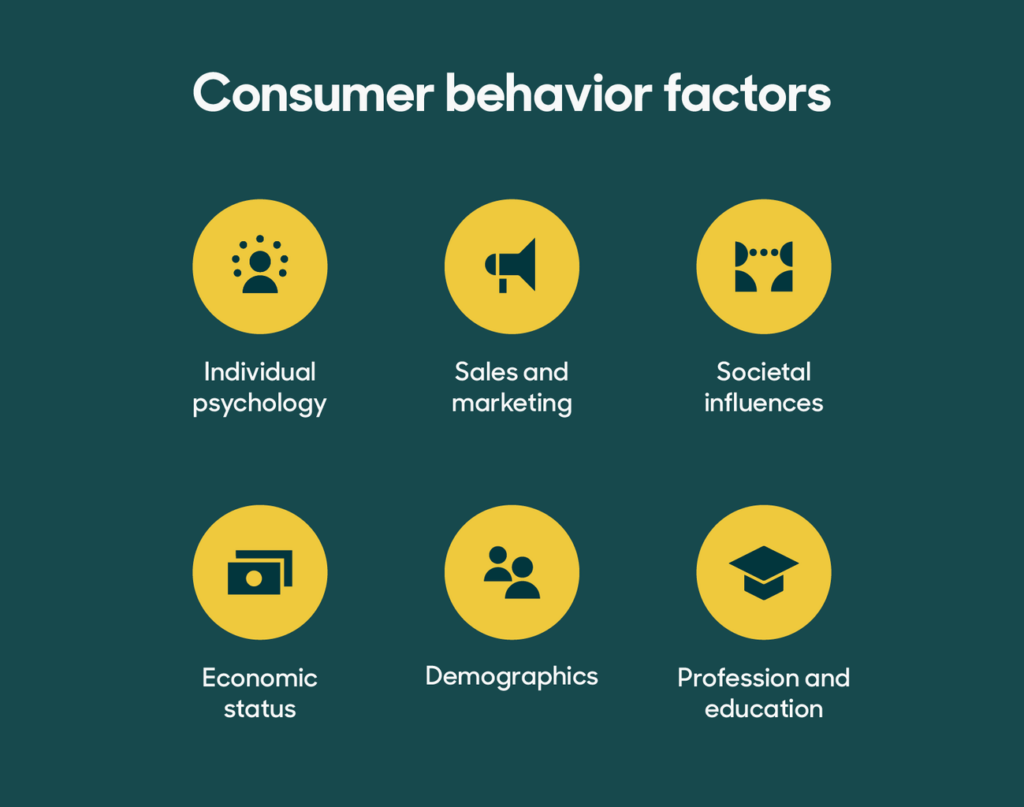
Image Source: Zendesk
A few factors have played a major role in this transformation. Let’s take a look at them.
Customer Behavior Analysis in the Modern Age
Impact of Social Media:
Social media platforms have revolutionized how consumers interact with brands and make purchasing decisions. Platforms like Instagram, Facebook, TikTok, and others have evolved beyond mere social interaction spaces to become key influencers of consumer behavior. These platforms enable users to discover brands, read reviews, and engage with influencers whose endorsements carry substantial weight.
The rise of influencer marketing has blurred the lines between peer recommendations and paid promotions, making it a dominant force in consumer engagement. Influencers can drive trends, foster trust, and create emotional connections with audiences, effectively influencing their purchasing behavior. For brands, leveraging these platforms means tapping into a vast audience while creating authentic and relatable content.
E-Commerce vs. Brick-and-Mortar:
The transition from physical stores to online shopping has dramatically reshaped consumer behavior. Accelerated by the COVID-19 pandemic, e-commerce platforms now dominate with their convenience, extensive variety, and ability to provide personalized shopping experiences.
Features like tailored recommendations, one-click purchasing, and doorstep delivery have become essential for modern consumers.
However, traditional brick-and-mortar stores still hold relevance by offering tangible experiences, such as the ability to see, feel, or try products before purchasing. They also fulfill the demand for immediate product availability.
The future of retail and customer behavior analysis lies in harmonizing these two realms, creating seamless omni-channel experiences where the strengths of online and offline retail converge to cater to diverse consumer needs.
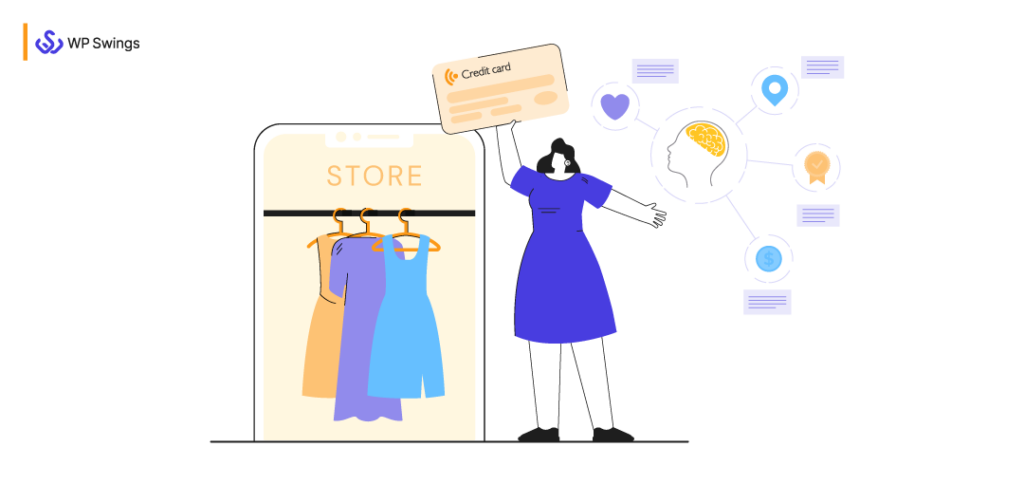
Image Source: WP Swings
Data-Driven Marketing:
In the modern age, consumer data has become the cornerstone of marketing strategies. Companies use advanced data analytics to collect, process, and interpret consumer information, allowing them to predict purchasing patterns, personalize marketing efforts, and improve overall customer experiences.
This data-driven approach fosters greater customer engagement and loyalty by addressing individual preferences and pain points.
Additionally, Voice of Customer (VoC) analytics provides insights into consumer sentiments, enabling brands to refine their strategies based on direct feedback, enhancing customer satisfaction and retention.
Consumer Empowerment:
The digital era has equipped consumers with more information and decision-making power than ever before. Modern buyers prioritize products and brands that align with their values, such as environmental sustainability, ethical production, and social responsibility.
Brands that embrace these values and integrate them into their core business practices often enjoy stronger loyalty and advocacy from their customers.
For instance, companies emphasizing transparent supply chains and eco-friendly products resonate with consumers who want their purchases to reflect their principles. This helps with customer behavior analysis.
Technological Innovations:
Innovative technologies such as Artificial Intelligence (AI), Virtual Reality (VR), and Augmented Reality (AR) are revolutionizing the shopping landscape.
These technologies provide consumers with unique and immersive experiences, such as virtual try-ons for fashion and beauty products or AI-driven personalized shopping assistants.
By enhancing convenience, engagement, and interactivity, these tools elevate the customer journey and set new benchmarks for satisfaction. Brands investing in these technologies gain a competitive edge by creating memorable and futuristic shopping experiences.
The Psychology of Consumer Behavior:
Understanding the psychological aspects of consumer behavior is vital to performing a customer behavior analysis. Factors like emotional appeal, social influence, and cognitive biases play a significant role in shaping purchasing decisions. Brands that effectively tap into these psychological elements can create more impactful marketing strategies.
Global Trends vs. Local Preferences in Customer Behavior Analysis:

While globalization has homogenized certain consumer trends, local preferences and cultural nuances remain significant. Tailoring strategies to cater to local tastes and preferences is as important as adapting to global trends.
Adapting to Changes Post-Pandemic:
The post-pandemic world has seen a shift in consumer priorities, with an increased focus on health, safety, and digital experiences. Businesses need to adapt to these changes, ensuring they meet the new consumer expectations and maintain relevance in a changed world.
Conclusion on Customer Behavior Analysis
The digital age has transformed consumer behavior in multifaceted ways. Businesses that understand and adapt to these changes will thrive in this new era. The key lies in staying agile, responsive, and attuned to the ever-evolving consumer landscape.
Frequently Asked Questions on Customer Behavior Analysis
What is a customer behaviour analysis?
A customer behavior analysis refers to the process of studying and understanding how customers interact with a brand, product or service. It involves analyzing data on customer actions, preferences, demographics, and other factors to identify patterns and trends that can help businesses tailor their marketing strategies, improve customer experience, and ultimately drive sales and revenue. Customer behavior analysis can be applied in various industries such as retail, finance, healthcare, and e-commerce.
What are the 4 types of customer behavior?
There are several ways to categorize customer behavior, but one common approach is to distinguish between four main types:
a. Transactional behavior: This type of behavior refers to customers who make purchases based solely on price, convenience, or availability. They are typically driven by immediate needs and seek the best value for their money. Examples include buying groceries, household essentials, or comparing prices online.
b. Relational behavior: These customers prioritize building relationships with brands and value personalized experiences. They are more likely to engage with a company that offers excellent customer service, loyalty programs, or shared values. Examples include regular patrons of a local coffee shop, loyal fans of a sports team, or consumers who follow their favorite brands on social media.
c. Habitual behavior: This type of behavior refers to automatic, routine purchasing decisions based on familiarity and past positive experiences. Customers may not actively consider alternatives, and their choices are influenced by habit loops (cue, routine, reward). Examples include daily visits to a preferred coffee chain, using a particular brand of detergent, or sticking to a specific airline for business trips.
d. Informational behavior: These customers seek information and education before making a purchase decision. They may compare features, read reviews, or consult experts to ensure they’re getting the right product or service. Examples include researching electronics, considering a major home appliance purchase, or choosing a financial advisor.
